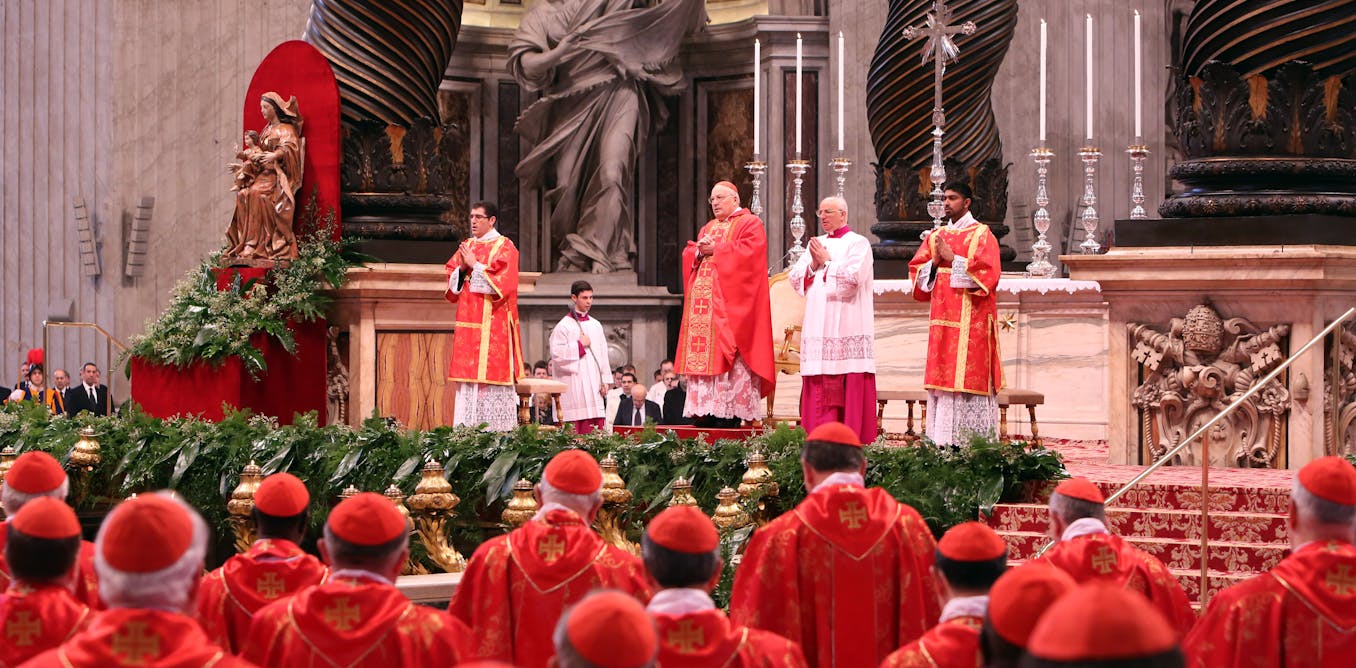
"The fallout of Pope Francis's passing reveals a new era where the conclave is set to be the most diverse in the history of the Catholic Church."
"In the past, Europeans dominated the College of Cardinals, but now it has expanded to include members from over 90 countries, with Francis appointing nearly 80%."
"The conclave tradition dates back to 1274 under Pope Gregory X, designed to streamline the election process, a need highlighted by Francisâs unexpected election in 2013."
"Prior to the conclave, cardinals gather for 'general congregations' to address church issues and build networks, which can sometimes lead to politicking."
With the death of Pope Francis, the anticipation builds for the conclave to select his successor, which will be the most diverse in Catholic history, featuring cardinals from over 90 nations. The tradition of the conclave began in 1274 to mitigate election chaos. Historically European-centric, today's College of Cardinals reflects a broader global representation, significantly influenced by Francis's appointments. The conclave process includes preliminary meetings for cardinals to discuss church challenges and foster connections, setting the stage for the upcoming papal election.
Read at The Conversation
Unable to calculate read time
Collection
[
|
...
]